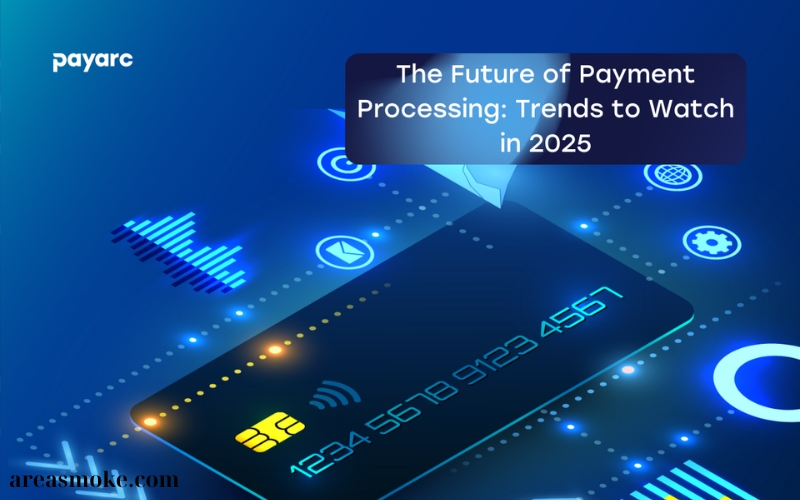In the digital era, Mobile Banking Revolutionizing How We Manage Finances, reshaping the financial landscape and altering how individuals and businesses manage their finances. By leveraging mobile technology, financial institutions have introduced innovative solutions that offer unprecedented convenience, accessibility, and efficiency. This comprehensive exploration delves into the evolution, benefits, challenges, and future prospects of mobile banking.
1. Evolution of Mobile Banking
1.1 Early Developments
The inception of mobile banking can be traced back to the late 1990s when banks began offering basic services such as balance inquiries and fund transfers via SMS. These initial offerings laid the groundwork for more sophisticated mobile financial services.
1.2 Technological Advancements
With the advent of smartphones and high-speed internet, mobile banking has evolved to include features like mobile check deposits, peer-to-peer (P2P) payments, and comprehensive financial management tools. This progression has significantly enhanced user experience and expanded the scope of services available.
2. Key Features of Mobile Banking
2.1 Account Management
Users can perform a variety of tasks, including checking account balances, viewing transaction histories, and managing multiple accounts, all from their mobile devices.
2.2 Fund Transfers and Payments
Mobile banking facilitates seamless fund transfers between accounts, bill payments, and P2P transactions, enabling users to manage their finances on the go.
2.3 Security Measures
Advanced security protocols, such as multi-factor authentication (MFA), biometric recognition, and end-to-end encryption, are implemented to protect user data and prevent unauthorized access.
3. Benefits of Mobile Banking
3.1 Enhanced Accessibility
Mobile banking provides 24/7 access to financial services, allowing users to manage their finances anytime and anywhere, thereby increasing financial inclusion.
3.2 Improved Financial Management
Integrated budgeting tools, real-time transaction alerts, and personalized financial advice assist users in making informed financial decisions and maintaining better control over their spending.
3.3 Cost Efficiency
By reducing the need for physical branches and paperwork, mobile banking lowers operational costs for financial institutions, which can translate into reduced fees and better interest rates for consumers.
4. Challenges in Mobile Banking
4.1 Security Concerns
Despite robust security measures, mobile banking remains susceptible to cyber threats such as phishing, malware, and data breaches. Continuous vigilance and user education are essential to mitigate these risks.
4.2 Digital Divide
Access to mobile banking services is limited by factors such as internet connectivity, smartphone availability, and digital literacy, potentially excluding certain populations from these benefits.
4.3 Regulatory Compliance
Financial institutions must navigate complex regulatory environments to ensure compliance with data protection laws and financial regulations, which can vary across jurisdictions.
5. Mobile Banking in Emerging Markets

5.1 Financial Inclusion
In regions with limited access to traditional banking infrastructure, mobile banking has played a pivotal role in providing financial services to the unbanked and underbanked populations, fostering economic development.
5.2 Case Study: bKash in Bangladesh
6. Future Trends in Mobile Banking
6.1 Integration with Emerging Technologies
The future of mobile banking is poised to integrate with technologies like artificial intelligence (AI), blockchain, and the Internet of Things (IoT), leading to more personalized and secure financial services.
6.2 Neobanks and Digital-Only Banks
The rise of neobanks—digital-only financial institutions—offers streamlined services with lower fees.
6.3 Enhanced User Experience
Continuous advancements in user interface (UI) and user experience (UX) design are making mobile banking app.
7. Conclusion
Mobile banking has fundamentally transformed financial management, offering unparalleled convenience and accessibility.
